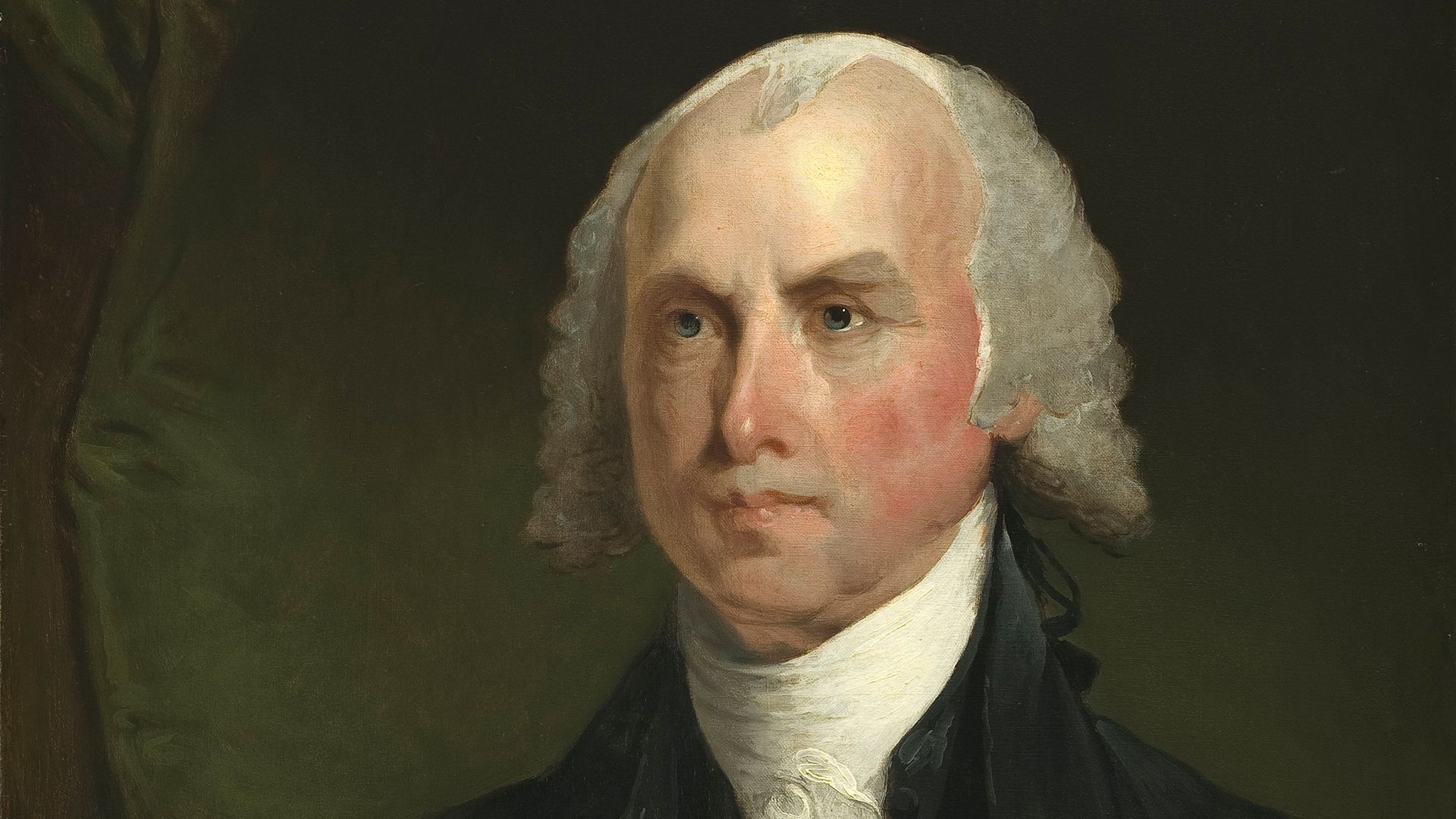
Marbury vs. Madison stands as a cornerstone in American legal history, marking the birth of judicial review in the United States. This landmark case, decided in 1803, established the Supreme Court's authority to overturn laws and executive actions deemed unconstitutional. But what led to this monumental decision, and why does it matter today? In a nutshell, the conflict began when William Marbury petitioned for his commission as a justice of the peace, a commission signed by President John Adams but not delivered by the time Thomas Jefferson took office. The ensuing legal battle tested the boundaries of the newly formed U.S. government and ultimately empowered the judiciary with the final say in interpreting the Constitution. Here, we'll unpack 13 pivotal facts about the Marbury vs. Madison case, shedding light on its significance and enduring impact on American law and governance.
Key Takeaways:
- Marbury vs. Madison established judicial review, allowing courts to strike down unconstitutional laws. It strengthened the judiciary and balanced the powers of the government branches.
- The case, originating in 1803, involved key figures like William Marbury and James Madison. Its impact set a precedent for future cases and continues to influence American law.
What is Marbury vs. Madison?
Marbury vs. Madison is a landmark case in United States history. It established the principle of judicial review, giving courts the power to strike down laws that violate the Constitution. Here are some fascinating facts about this pivotal case.
-
The Case Originated in 1803
The case began when William Marbury, appointed as a justice of the peace by President John Adams, did not receive his commission. He petitioned the Supreme Court to compel Secretary of State James Madison to deliver the documents. -
John Marshall Was the Chief Justice
John Marshall, the fourth Chief Justice of the United States, presided over the case. His ruling would shape the future of American law. -
Judicial Review Was Established
The most significant outcome was the establishment of judicial review. This means the Supreme Court can declare a law unconstitutional, balancing the powers of the government branches.
Key Players in the Case
Several key figures played crucial roles in Marbury vs. Madison. Understanding their contributions helps grasp the case's importance.
-
William Marbury
Marbury was one of the "Midnight Judges" appointed by John Adams in the final hours of his presidency. His commission was not delivered, leading him to sue. -
James Madison
As Secretary of State under President Thomas Jefferson, Madison was responsible for delivering the commissions. His refusal to do so sparked the lawsuit. -
John Adams
Outgoing President John Adams made several last-minute judicial appointments, including Marbury's, to ensure Federalist influence in the government.
The Legal Arguments
The arguments presented in Marbury vs. Madison were complex and set important precedents.
-
Writ of Mandamus
Marbury sought a writ of mandamus, a court order compelling a government official to perform a duty. He wanted the Supreme Court to order Madison to deliver his commission. -
Section 13 of the Judiciary Act of 1789
Marbury's argument relied on Section 13 of the Judiciary Act of 1789, which he claimed gave the Supreme Court the authority to issue writs of mandamus. -
Constitutional Conflict
Chief Justice Marshall found a conflict between Section 13 of the Judiciary Act and the Constitution. This conflict led to the establishment of judicial review.
The Impact of the Decision
The decision in Marbury vs. Madison had far-reaching consequences for the American legal system.
-
Strengthened the Judiciary
The ruling significantly strengthened the judiciary by affirming its role as a check on legislative and executive powers. -
Precedent for Future Cases
Marbury vs. Madison set a precedent for future cases involving judicial review. It has been cited in numerous landmark decisions. -
Balance of Power
The decision helped establish a balance of power among the three branches of government, ensuring no single branch could dominate.
Legacy of Marbury vs. Madison
The legacy of Marbury vs. Madison continues to influence American law and governance.
A Final Glimpse into Marbury vs. Madison
Marbury vs. Madison, a landmark case, reshaped American law by establishing judicial review, allowing courts to strike down laws conflicting with the Constitution. This case, decided in 1803, not only solidified the judiciary's role but also balanced the powers among the branches of government. Chief Justice John Marshall's ruling emphasized that it's the judiciary's duty to interpret what the law is, setting a precedent for future legal battles. Through this decision, the Supreme Court gained a crucial check on legislative and executive actions, ensuring laws adhere to the Constitution's principles. Marbury vs. Madison remains a cornerstone in understanding the U.S. legal system, highlighting the importance of checks and balances in maintaining democracy. Its implications echo through time, reminding us of the judiciary's pivotal role in upholding constitutional governance.
Frequently Asked Questions
Was this page helpful?
Our commitment to delivering trustworthy and engaging content is at the heart of what we do. Each fact on our site is contributed by real users like you, bringing a wealth of diverse insights and information. To ensure the highest standards of accuracy and reliability, our dedicated editors meticulously review each submission. This process guarantees that the facts we share are not only fascinating but also credible. Trust in our commitment to quality and authenticity as you explore and learn with us.


